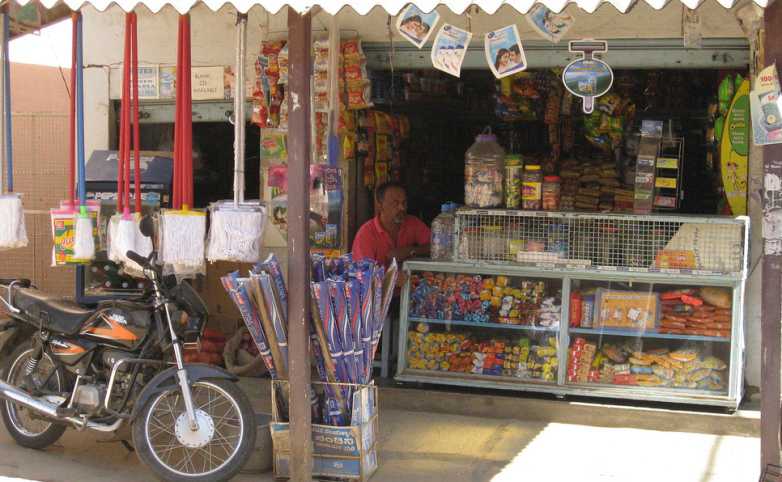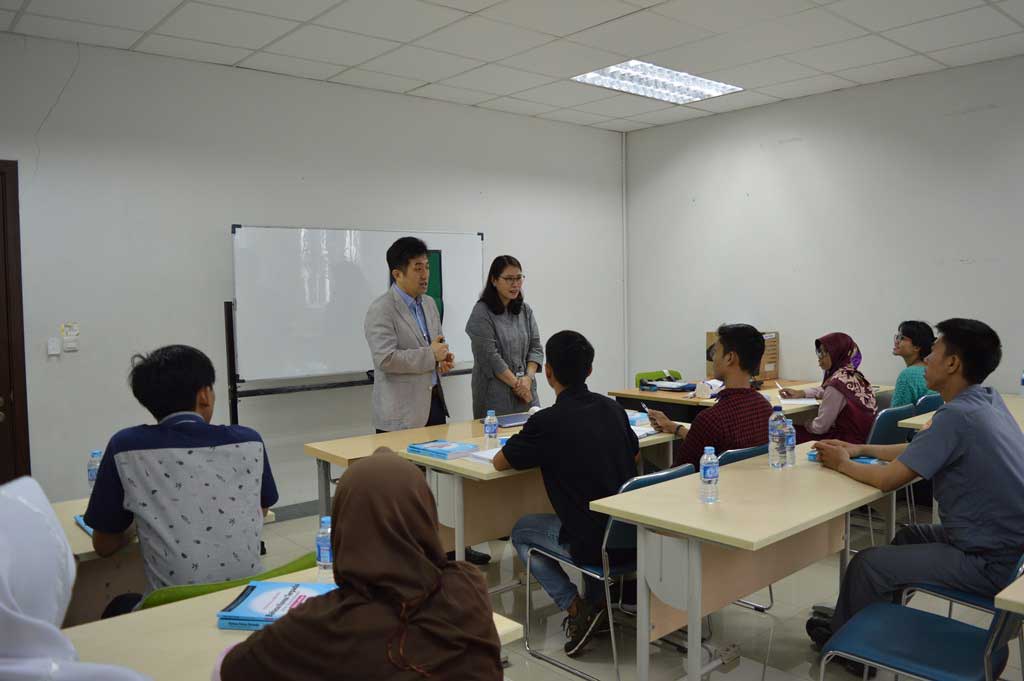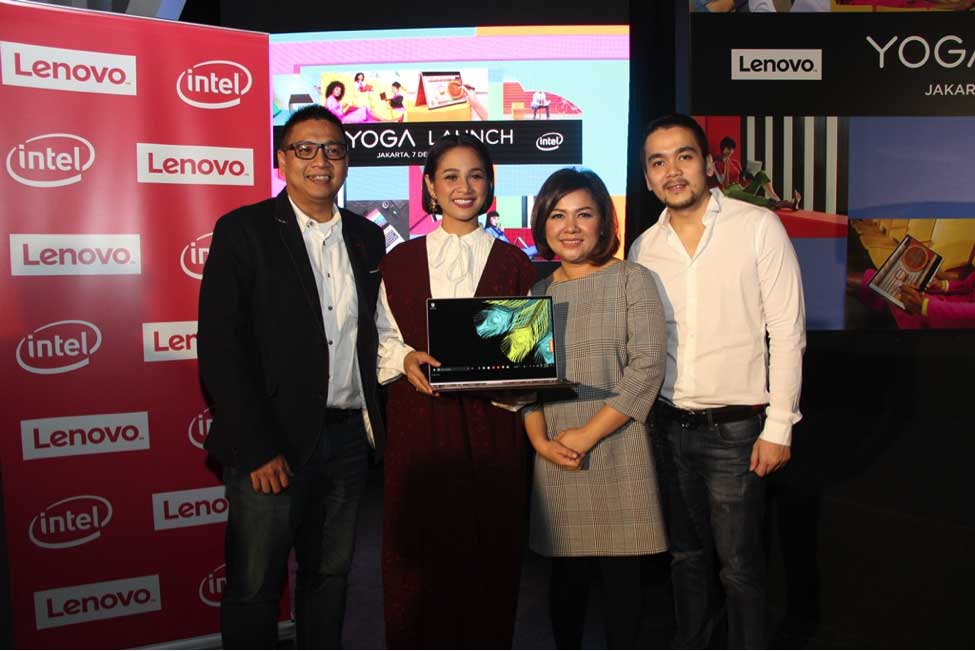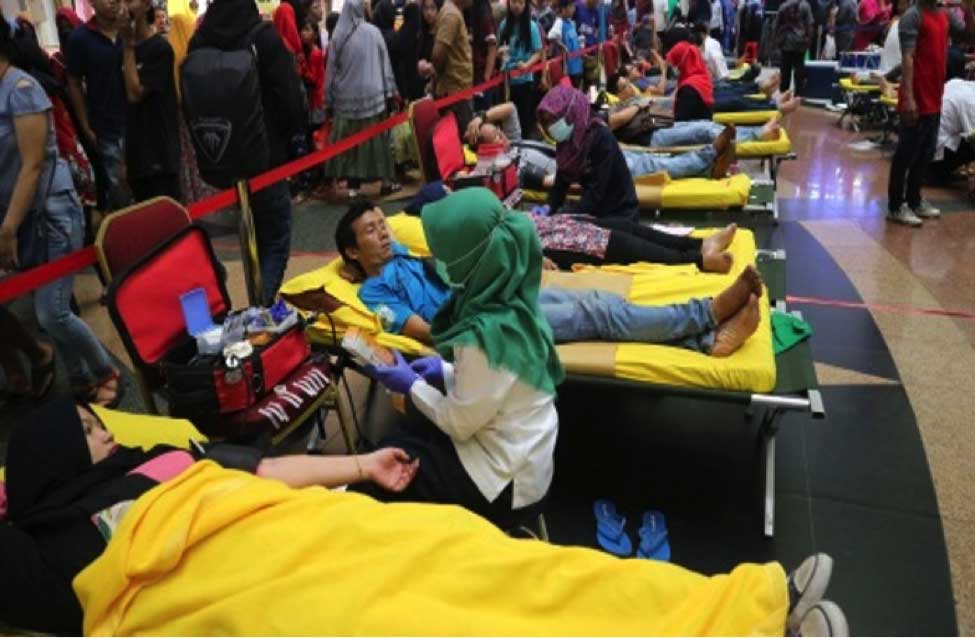By: Wimpi Handoko – Branding & Communication Strategy Expert of Fortune PR
It used to be the main place for housewives to get their daily provisions and a place for neighbors to meet and chat. It ‘s the main headache for most sales and marketing directors of FMCG companies trying to get their brands get a slice of market share. Most of the disagreement of retail audit meetings with surveyors would certainly be on its data and to companies; its sales incentive to them is considered the least in investment return.
Yes it’s the warung, indigenously the traditional Asian P&D, the corner store, the “store down the street” and the micro-economic movers of almost all Asian countries, especially to Indonesia. The store that provides the single denomination consumer with daily needs: from toothbrush to rice, from cooking oil to cigarettes and from vegetables to mosquito repellants. In the Philippines it’s the Sari-Sari, in Malaysia it’s the Kedai Runcit and in Vietnam it’s called Cử a hàng tạp hóa.
The humble traditional outlet historically to be the first consumer goods outlet in most Asian countries, the warung has been the forefront for FMCG companies before supermarkets, hypermarkets and mini markets came. During its peak role in Indonesia in the 80’s and 90’s it contributed to 60% of sales to any FMCG companies. It is still the main provision outlets to most sub-urban and rural Indonesia.
Even a study done in 2012 by Kantar Worldpanel shows that Indonesian urban household made purchase in traditional trade 393 times in that year with 335 times done in warung compared to 35 times in modern trade with 26 done in mini markets, 12 in supermarket and 7 through hypermarkets. According to a 2009 data, there were approximately 2 million warung across the country meaning that based on the year’s population there was one warung for every 119 Indonesians.
Time is changing.
With the introduction of supermarket, hypermarkets and mini market, consumers immediately felt the difference in the comfort of cool stores, organized shelving, the convenience of self-service, more variations in SKUs and surprisingly most often with lower prices. To FMCG companies, warung logistic cost was high especially with uncontrolled and unregulated canvassing cycles; consignment was difficult to track; most warung owners have less cash to do direct stock sales; SKUs were limited to the spaces available and store branding can be a battle of the wit.
Modern retail store has eventually introduced a higher standard of living for urban Indonesian and with modernization to its retail shopping, the changing attitude and behavior of its consumers has left the warung becoming more and more a thing of the past. Modern retail stores had eliminated the tradition of offering credit lines to (loyal) customers and in return consumers are learning to be more prudent in their spending. The displayed fixed price provides customers with pricing reference for future purchase (and budgeting).
One element for survival of the urban Warung is its ability to penetrate existing kampong enclaves amidst modern housing complex and high-rise building in major cities. As warung is owned individually and its operation is mostly by simply using the front part of their house to become a warung, it can practically open anywhere within the community. Whereas for logistical, economical and convenience, mini markets are mostly opened in main streets, or at best in community center of housing complex. One study observed that most individuals in major cities in Indonesia would be reluctant to walk more than 200 meters to get simple daily necessities. So don’t be surprised to find Warung in every two housing blocks.
In all, while quietly diminishing in cities, warung will still exist as Indonesia’s major market ecosystem side by side with minimarket, supermarkets and hypermarket fulfilling the needs of daily single item household purchase while the latter for bigger items and volume for long term household stock needs. Brands that are seeking market share in Indonesia should still considered Warung as market penetrators converting brand awareness into brand purchase. As for rural areas, it will still be a long way for modern trade to replace traditional market especially warung, as the existence of Warung is embedded in the history and culture of the people.










Leave a Reply